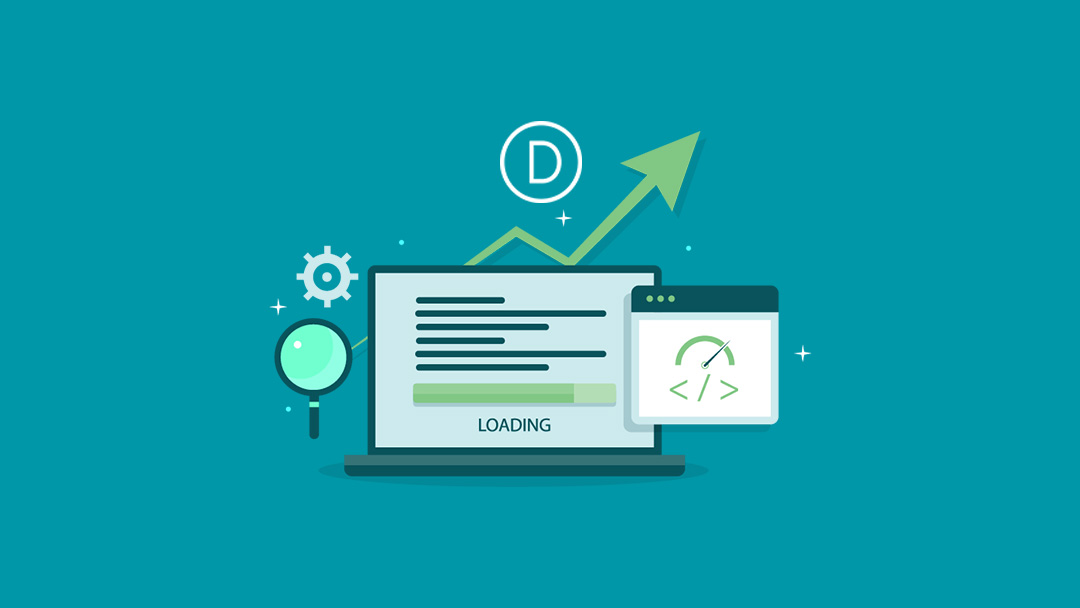A Complete Guide to Google Analytics 4 (GA4)
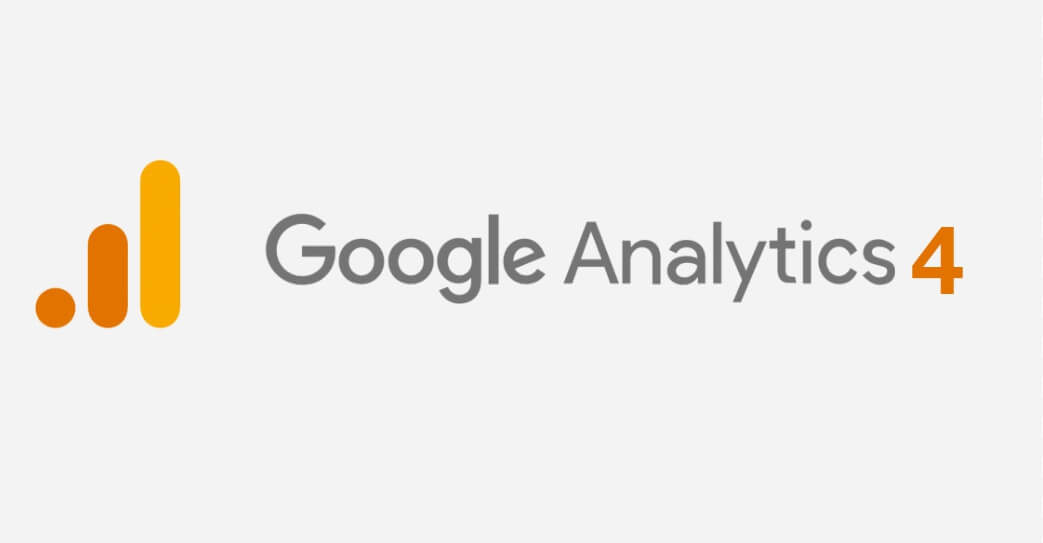
In the fall of 2020, Google came out with the Google Analytics 4, which is the latest version of the Google Analytics platform. GA4 takes the place of UA or Universal Analytics as the default measurement of digital analytics. Recently, Google said that from July 1, 2023, GA4 would be the sole option, and Universal Analytics will come to an end.
What is Google Analytics 4?
GA4 is the default recommended property type now for Google Analytics. While in the beta stage, it was called App+Web property because it can track both website and app visits in one Google Analytics property. There is no need to separate the visits for both platforms in multiple Google Analytics properties. In late 2020, the App+Web property was renamed and released as Google Analytics 4 or GA4.

What was the Background Before GA4?
In April 2005, Google acquired a product named Urchin Analytics, and it went on to become the first Google Analytics version. Since 2005, Google Analytics has evolved a lot. It was in 2013 that Google came out with Universal Analytics, and it became the gold standard for digital analytics tracking.
However, after Google’s announcement that Universal Analytics will end in July 2023, people all over the world want to learn more about GA4 and its implementation.
What Exactly is a Google Analytics Property?
Google states that your property is the place where all your company data goes online and is further processed by Google Analytics. A Google Analytics account holds a Google Analytics property. The Google Analytics account is at the top level, and you can use it to organize or view your data in case you have more than one property.
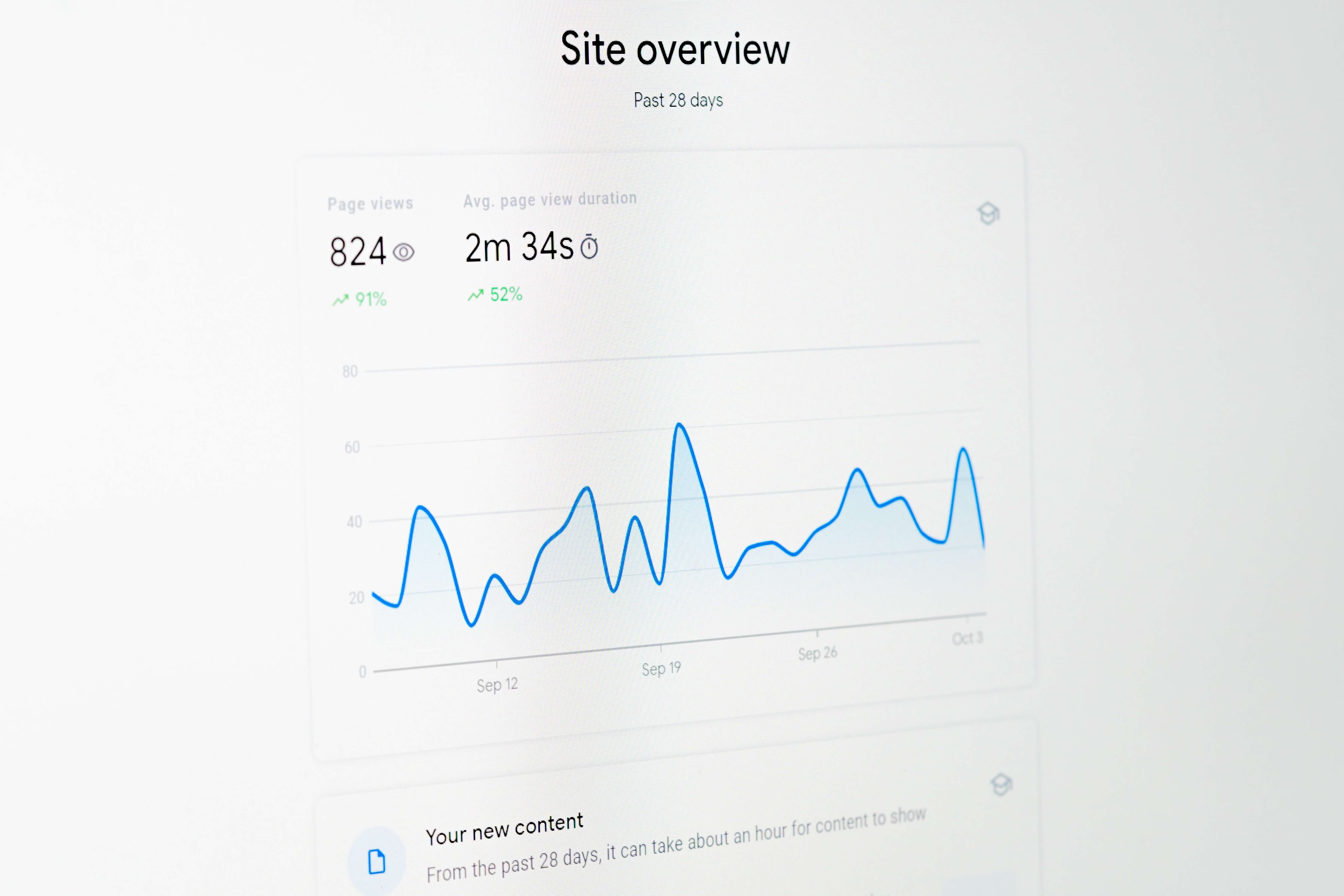
All data is processed within a property, and before the rollout of Google Analytics 4, every company with a website and an app had just one account and two different properties for both of them. However, now with GA4, both website and app data are present inside a single property.
In Universal Analytics, every single property could have more than one views. These views helped in configuration and data filtering. However, Google Analytics 4 does not have this function as of now.
Google Analytics 4 vs. Universal Analytics
Before we get started with Google Analytics 4 and learn how to set it up or upgrade to it from Universal Analytics, let us take a look at some major differences between both of these versions. GA4 is also being updated with time, and new features are being added to it, so some of the following features may change in the near future.

GA4 is totally Event-based
In Universal Analytics, hit types depicted different types of data like timing hits, pageviews, transactions, etc. However, this is not available anymore because, in GA4, all hit types are events. Basic data types like Pageviews are also Events in Google Analytics 4.
Different data models
As compared to Universal Analytics, Google Analytics 4 has a different, flexible data model, and things like event action, event category, etc., are not required in it. It is possible to send custom parameters based on your requirements and wish.
Website and App data inside one single property
If a certain company runs both mobile applications as well as a website, it is possible to stream both their data in one single property.
Free and direct integration with BigQuery
It is possible to have a free and direct integration with BigQuery in Google Analytics 4, even for free accounts. Earlier, only premium accounts in Google Analytics could stream their data to BigQuery.
Analysis Hub
GA4 has various additional tools and reports for data analysis, including pathing, ad-hoc funnels, etc. In Universal Analytics, only GA360 users had access to these features.
Enhanced Measurement
In Google Analytics 4, it is possible to track data other than pageviews even if you don’t edit your website code. Interactions like Youtube videos, scrolling, outbound or inbound link clicks, etc., are tracked automatically.
Scope
Every single event in GA4 is hit-scoped, and you can use user properties in case you need to add something to a user. The session scope which was present in Universal Analytics is not present anymore.
No. of predefined reports
When it comes to capability surrounding predefined reports, Google Analytics 4 is not at the level of Universal Analytics. It is possible that Google will improve this function in the near future. Until then, people familiar with BigQuery can use it to visualize and analyze data outside GA4.
Historic data limit
It was possible to make sure your data never expired in Universal Analytics. However, in GA4, all data will expire after fourteen months in case you set it manually.
Views
There were different Views in Universal Analytics, but GA4 does not have multiple views. Views can be added to Google Analytics 4 in the future, but right now, they are not present.

Integrations
Google Analytics 4 does have the BigQuery integration, but still, many integrations are missing from it, like the Search Console. However, this is expected to change in the near future.
There are many other differences when we compare Universal Analytics to Google Analytics 4, but these were the major ones that one should definitely know.
How to Make a New Google Analytics Account & a GA4 Property?
You will need to make a new Google Analytics account if you do not have an existing account. When you proceed with creating a new account, Google automatically creates the new property as Google Analytics 4. However, you can also make a Universal Analytics account.
Log into your Google account and head to https://analytics.google.com/analytics/
Next, click on the Start Measuring button.
Enter your account name, which is mostly the name of a company, and then click on Next once you provide the account name.
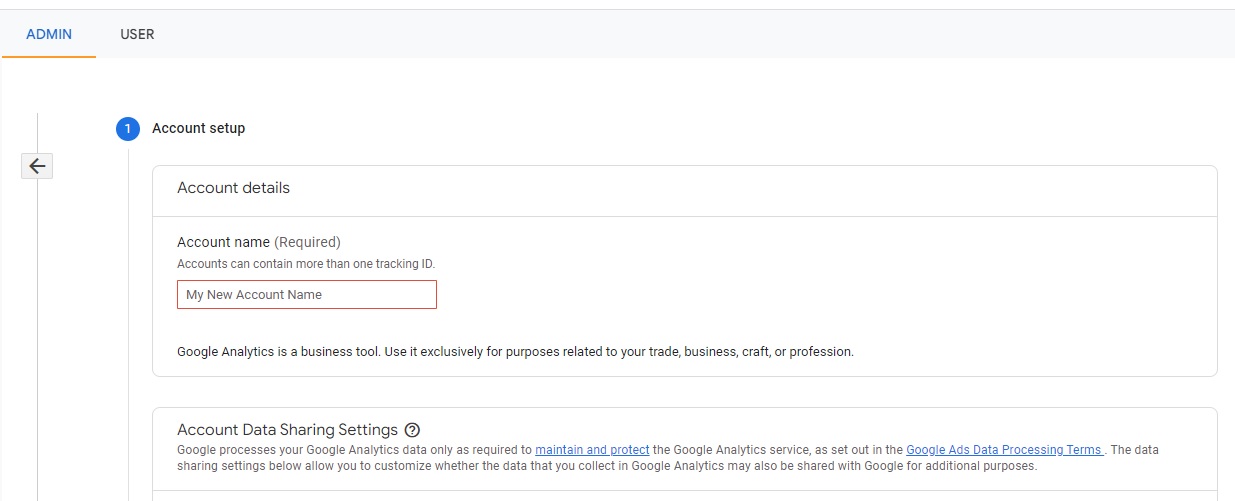
Enter a Property Name and then select Currency and Reporting Time Zone.
If you want to create both GA4 property as well as Universal Analytics property, you will need to click on Show Advanced Options for it.
Turn the toggle button on, and you will see it turn to a bright blue color. Next, you have to enter your website URL in the box and choose either GA4 and a Universal Analytics property or only Universal Analytics property. Once you have chosen your desired option, you have to click Next.
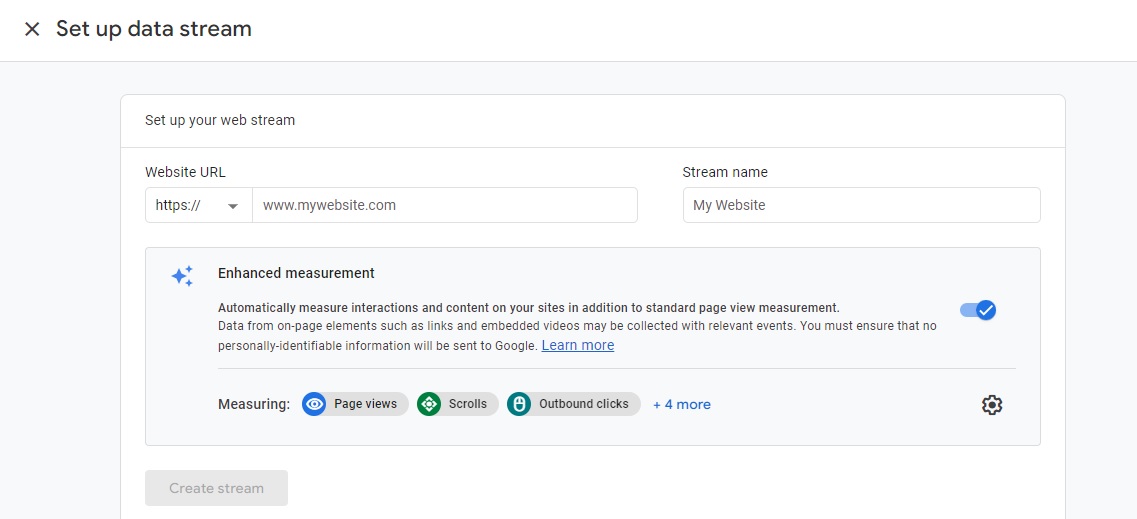
After this, you have to enter some details in the About Your Business section. This includes various options such as business size, industry category, and how you want to use Google Analytics for your business or website. Once you have chosen all options you want, you can click on Create. Your new Universal Analytics and GA4 property will be created under your Google account.
Accept all relevant data processing terms as required by Controller Data Protection and GDPR terms of data. Click on I Accept after this.
After you accept all relevant terms, you will reach the Web Stream Details page. You will see the Measurement ID on the webpage’s right top corner. After this, your Universal Analytics and GA4 property will be created successfully.
Upgrade to a GA4 Property from an Existing Universal Analytics Property
It is also possible to upgrade to a GA4 property if you have an existing Universal Analytics property.
First of all, you have to click on the Admin button.
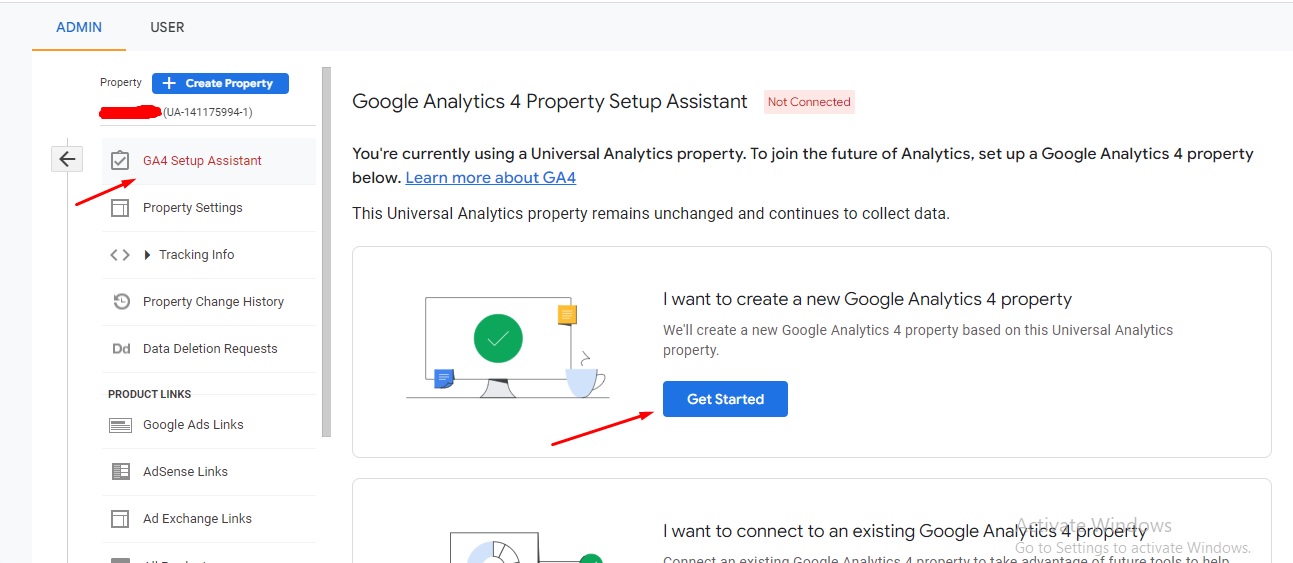
You will reach your Universal Analytics property’s admin console. Look under the Property column and select GA4 Setup Assistant to proceed further.
Now you will reach the GA4 Property Setup Assistant. Now you have to click Get Started.
After clicking Get Started, a popup screen will appear, and you have to click Create Property next.
At the next screen, you will see a connected property message along with the corresponding Property ID.
Next, you have to click See your GA4 property so that you reach the Setup Assistant. You will see Tag Installation and need to click on the arrow under it to proceed to Data Streams.
Next, click on the arrow under Data Stream and proceed to Web Stream Details. On the right top corner of this page, there will be your Measurement ID. It means that you have upgraded to your property to GA4.
Adding GA4 Tracking Code to Your Website without Google Tag Manager
You can add the GA4 tracking code to your website without Google Tag Manager using these methods.
Method One – Connecting Measurement ID to your existing Universal Analytics Property
In case you have a UA code on your website and need to add Google Analytics 4 Measurement ID, you have to connect the Measurement ID under UA property.
You have to click on the Admin button in the bottom left corner.
Click on Data Streams and choose Web. Next, click on the arrow next to Data Stream and proceed to Web Stream Details.
Copy the Google Analytics 4 Measurement ID from the webpage’s right top corner.
Open the existing UA property, click on Admin, then Tracking Info, and then Tracking Code.
Near the bottom of the page, you will find Connected Site Tags. Click on it to proceed.
To make a new site tag, you have to paste the GA4 Measurement ID here.
Next, you can click Connect, and your GA4 and UA property will be linked.
Method Two – Copy Paste your GA4 tracking code at the <head> section
Click on the Admin button at the bottom left corner of the page.
Next, click on Data Streams and then click on Web. Click the arrow next to Data Stream and proceed to the Web Stream Details page.
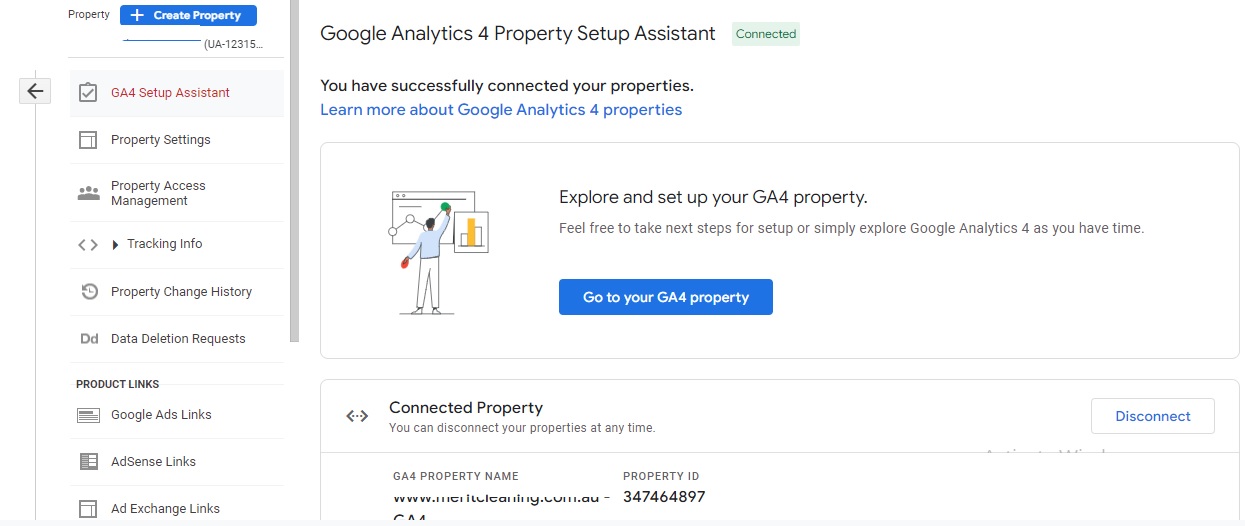
Look under the Tagging Instructions tab and then select Add new On-Page Tag. Here you can search for the gtag.js or Global Site Tag.
Copy the Global Site Tag code and paste it into the <head> section of each webpage you wish to measure.
Adding the GA4 Tracking Code by using the Google Tag Manager
Log in to the Google account and then open https://tagmanager.google.com/.
You will see New Tag here and have to click on the Add New Tag under it.
Click on Tag Configuration next, and then under Choose Tag Type, choose the Google Analytics: GA4 Configuration option.

Next, you need to enter the Google Analytics 4 Measurement ID and click on Triggering.
Head to Choose a Trigger and then click on All Pages. You have to change the name of the tag from Untitled to GA4 Configuration Tag or any other name you want. Click on Save after you have named it.
Click on Preview if you want to take a look at the changes made.
Now, enter your website URL and click Start. Under the Tags Fired tab, look for the GA4 Configuration Tag. If you can see it, go to Google Tag Manager and click Submit.
It is possible to edit the Version Name and describe the changes you have made in the version. Next, click Publish, and the GA4 Tracking Code will be added.
Is Google Analytics 4 Free to Use?
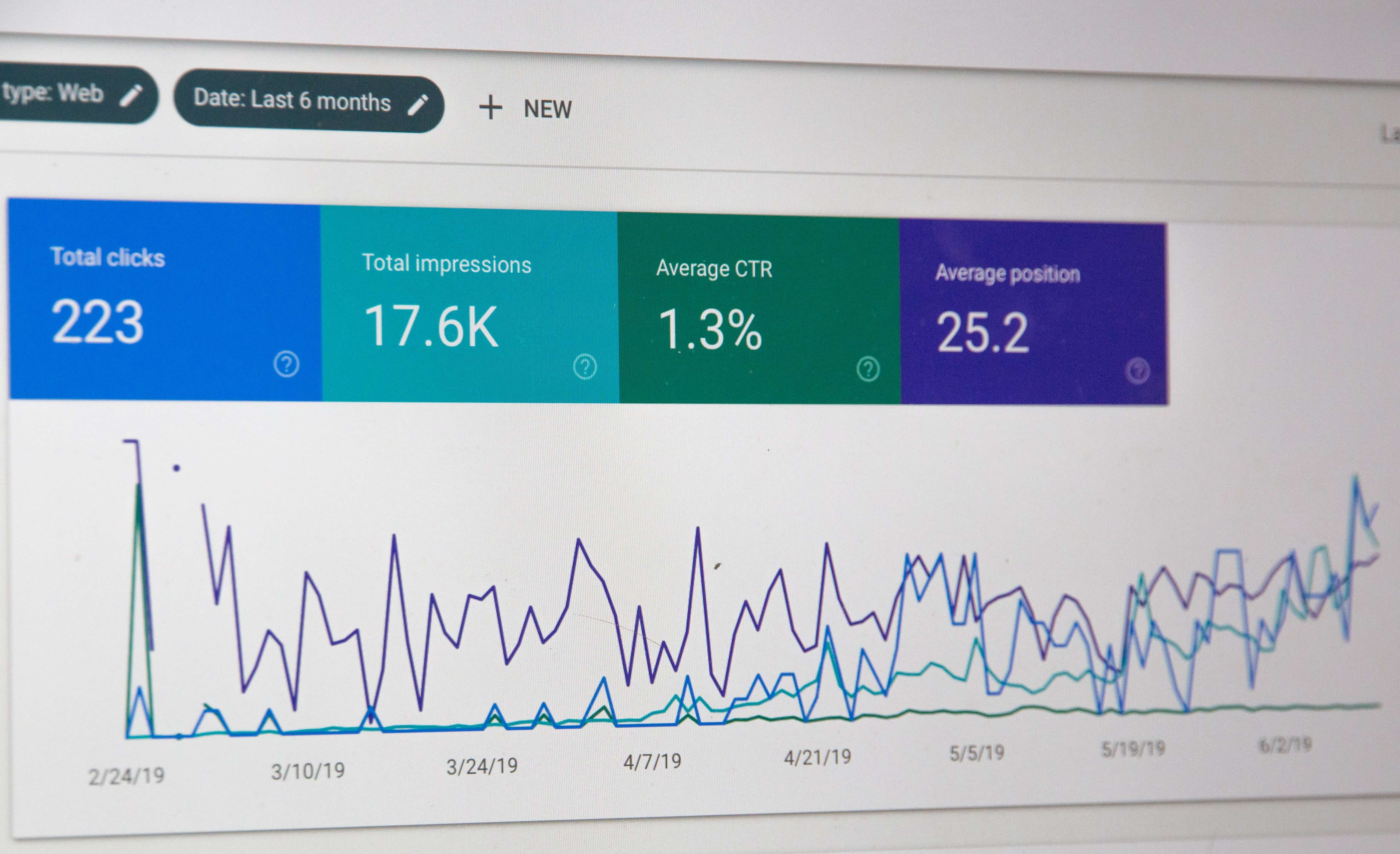
Yes, GA4 is free to use because Google always wants to offer a free version to allow businesses of all sizes to analyze and improve their applications and websites. Over half of all active websites use Google Analytics because of its amazing free version. There is a paid version of Google Analytics, but the basic functionality is similar in both versions.
Conclusion
An effective analytics tool is very important for marketing and understanding web traffic. You can make great marketing decisions if you have proper insights into analytics. Google Analytics 4 offers more flexibility to users and has some amazing features.
However, some features are still missing, so you should let your Universal Analytics active and gradually adapt to GA4. Google is constantly evolving GA4, and it is possible that soon it will have everything that an analytics tool needs.





